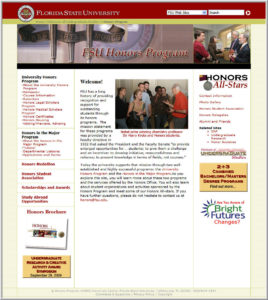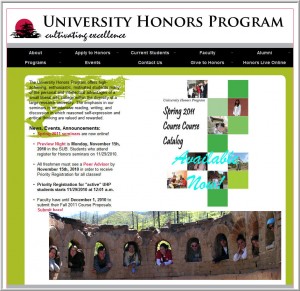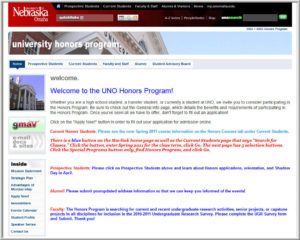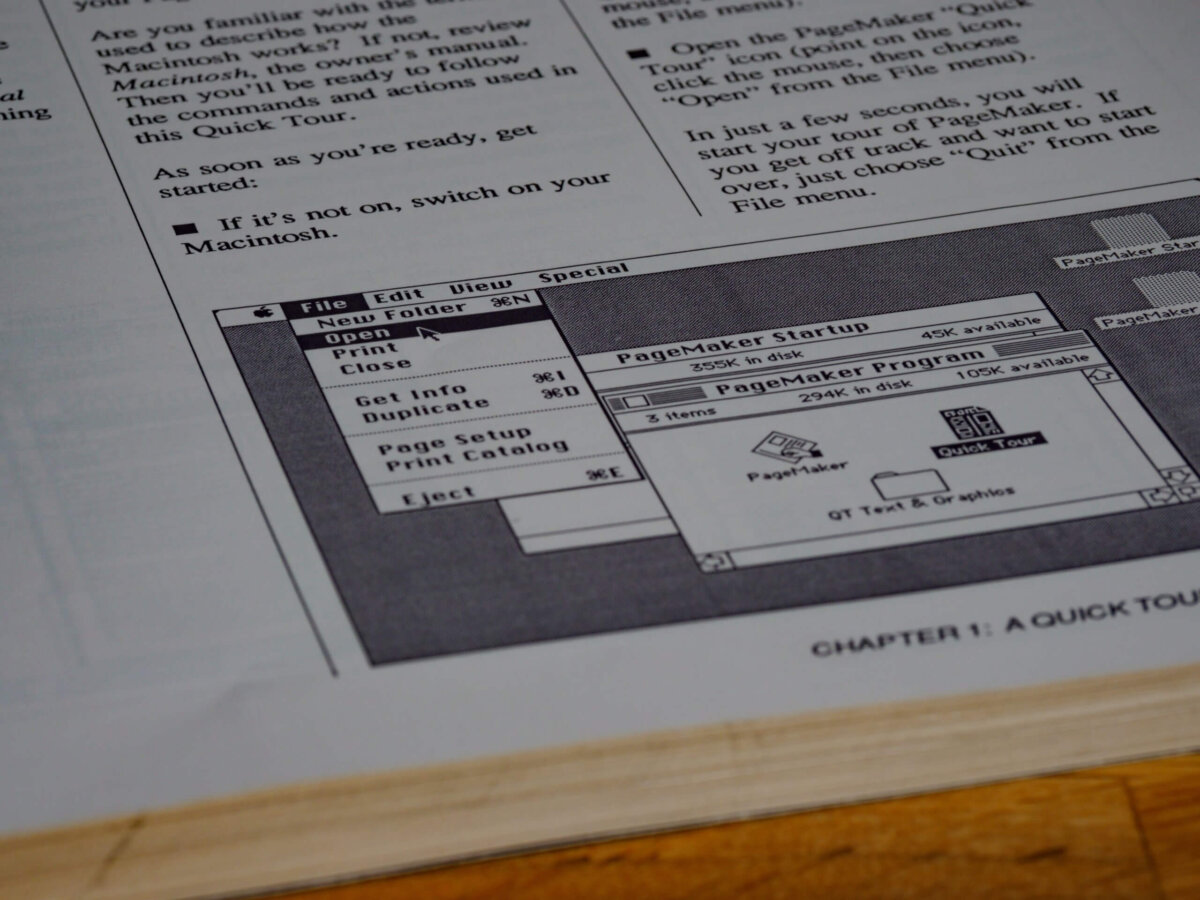I recently presented two half-day web writing workshops for Missouri Southern State University (go Lions!). To prepare, I studied lots of university web sites. I was stunned at the range of content quality. Some university sites are well written, well edited, smooth, and focused. But others show such a lack web writing competence that I was simply perplexed.
Content competence is a new concept I’ve been using in my web writing courses. It means having the set of writing skills that make you suitable to the task of writing content. I’m still working on a comprehensive list of the skills that comprise content competence, but I know this set of skills is essential in today’s workplace. Almost everyone contributes to the tasks of writing, editing, or reviewing the web content that represents the work they do.
Whether we can easily define content competence, we know it when we see it (and when we don’t). To illustrate the range of content competence, here’s an apples-to-apples comparison of how three institutions of higher learning handle their “University Honors Program” content. (Click the links, not the images, if you want to go to the live web pages.)
Competent: Florida State University’s Honors Program page
This FSU page is logically grouped and task oriented:
- The Welcome message is brief and friendly (though it would be better if the second paragraph came first, as most undergraduates don’t care too much about faculty directives from 1932).
- The links are well named and easy to find. They make it easy for users to get answers to their questions such as “Does FSU offer special study abroad programs or scholarships for honors students?”
- The links enable users to get things done online. Users can download forms or complete a tutorial.
Semi-competent: University of New Mexico’s Honors Program page
This UNM page is at war with itself:
- The green tree behind the black text makes the words nearly impossible to read.
- The content chunk “News, Events, Announcements” does not have a good name. Is there enough of a difference news, events, and announcements that all three need to be listed?
- The image-to-text ratio is off on this page. The photos are trumping the content but not in a good way. On the right, photos dissolve and reappear too quickly for the user to read the superimposed text. At the bottom, the photo of honors students frolicking in the ruins is partially obscuring the Submit Here link.
Incompetent: University of Nebraska at Omaha’s Honors Program page
This UNO page has some of the worst web writing I’ve ever seen:
- The text is in four different colors.
- The chunks are separated by canyons of white space.
- The content dead-ends because there aren’t any links.
- On this page, the writer explains what to do on another page … without supplying a single hypertext link that would enable the user to follow the instructions:
- “There is a blue button on the Mavlink home page as well as the Current Students page that says “Search for Classes.” Click the button, enter Spring 2011 for the class term, click Go. The next page has 5 selection buttons. Click the Special Programs button only, find Honors Program, and click Go.”
I’m interested in your thoughts on the concept of content competence or any apples-to-apples comparisons you’d like to share. Post a comment here or e-mail me.
— Leslie O’Flahavan
Tags: Hypertext links









Yes, standards vary enormously.
Content competence should be taught in schools and universities. I mentioned this recently to the principal of Glasgow Uni but he muttered something about it being more appropriate for the adult learning classes. I don’t agree.
As you point out, good content is about more than “web writing” – it’s about usability, navigation and good design too.
Thanks for your comments. I am surprised to learn that the president of a university thinks that content competence is night-school fare. Does he know how prospective students (of all ages) make choices about where to continue their educations? They are not reading print brochures, that’s for sure.